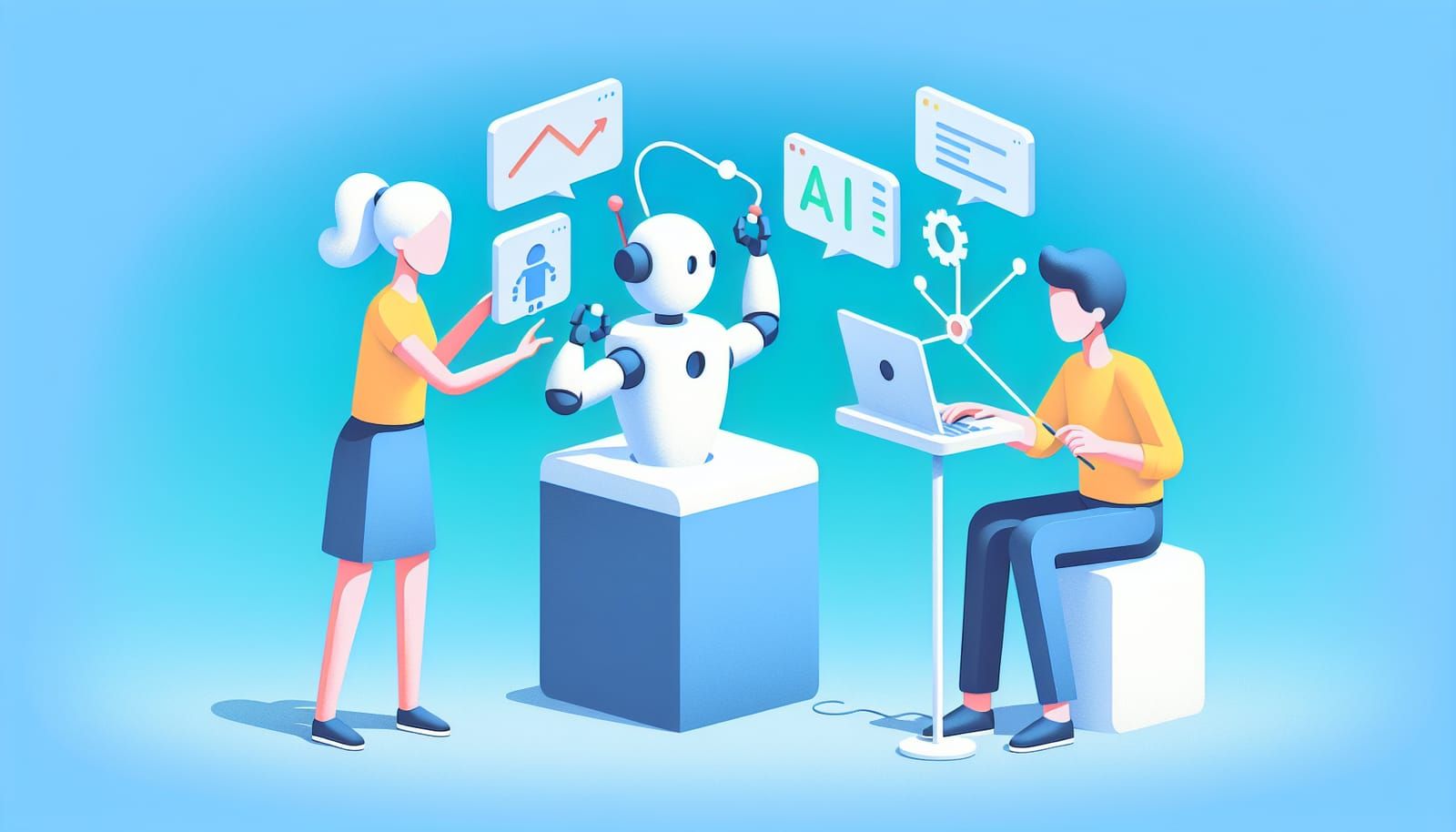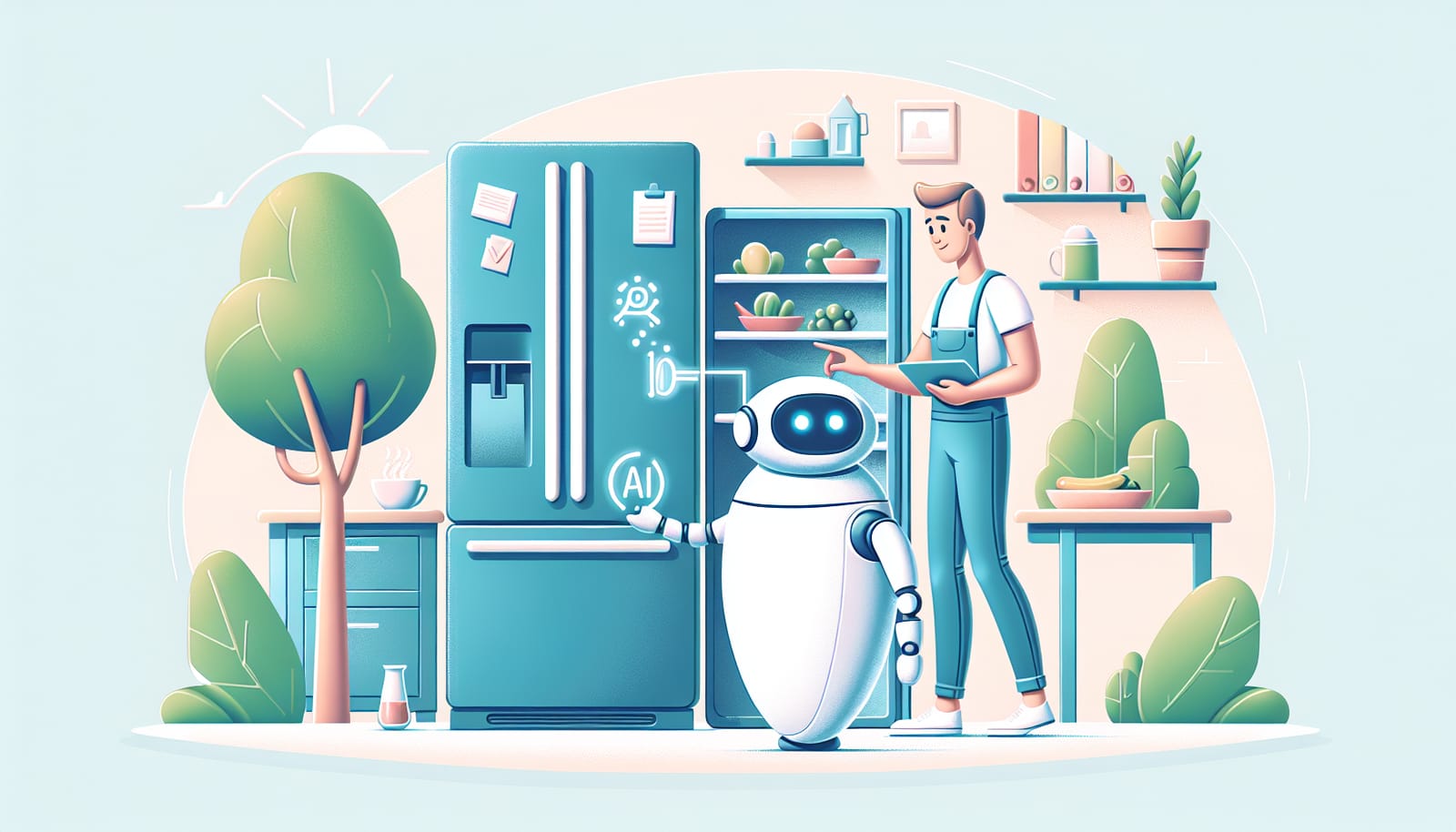What is Reinforcement Learning?
Imagine you’re teaching a puppy to fetch a ball. At first, the puppy may not understand what you want. But when it finally brings the ball back, you reward it with a treat and lots of praise. The next time, the puppy is more likely to repeat that behavior because it remembers the reward. This process of learning from rewards and mistakes is similar to how reinforcement learning (RL) works in artificial intelligence (AI).
Reinforcement learning is a type of machine learning where an AI learns to make decisions by trying things out and receiving feedback. Instead of being told exactly what to do, the AI explores different actions and learns from the results, much like our puppy. The core concept is simple: the AI is trying to maximize a reward while minimizing mistakes.
The Basics of Reinforcement Learning
At the heart of reinforcement learning are three main components: the agent, the environment, and the rewards.
Agent: This is the AI that is learning. Just like our puppy, the agent tries different actions to see what happens.
Environment: This is everything that the agent interacts with. In our example, it's the world around the puppy – the ball, the grass, and even you!
Rewards: These are the feedback signals that tell the agent how well it's doing. In the puppy scenario, a treat is a reward. In AI, rewards can be points in a game or a score that tells the AI how well it performed a task.
When an agent takes an action in its environment, it receives a reward or a penalty based on that action. The goal is to learn the best actions that lead to the highest rewards over time.
How Does Reinforcement Learning Work?
Let’s break down how reinforcement learning works step by step:
Exploration: The agent starts by exploring its environment. It tries different actions to see what happens. This exploration can be random at first.
Exploitation: After some exploration, the agent begins to exploit the knowledge it has gained. It will choose actions that it believes will yield the best rewards based on past experiences.
Learning: The agent continuously learns from its experiences. Every time it tries something new, it updates its knowledge about which actions lead to the best outcomes. It uses algorithms to analyze the rewards and penalties it receives.
Policy: The agent develops a policy, which is a strategy for choosing actions based on the current state of the environment. This policy improves over time as the agent learns more.
Real-World Applications of Reinforcement Learning
Reinforcement learning isn’t just a theoretical concept; it has practical applications across various fields. Here are some exciting examples:
Gaming: AI has been used to create computer players that can learn to play games like chess or Go at a superhuman level. For instance, Google’s DeepMind created an AI that learned to play video games like Atari, achieving top scores by refining its strategies through trial and error.
Robotics: Robots use reinforcement learning to learn how to move in their environment. They can learn to navigate obstacles or perform tasks like picking up objects.
Healthcare: AI systems are being developed to help in personalized treatment plans. By learning from patient data, these systems can suggest the most effective treatments based on individual needs.
Finance: Reinforcement learning is used in algorithmic trading, where AI learns to make investment decisions based on market conditions to maximize profits.
Challenges in Reinforcement Learning
While reinforcement learning is powerful, it comes with its own set of challenges. Here are some of them:
Exploration vs. Exploitation Dilemma: Striking the right balance between exploring new actions and exploiting known rewarding actions can be tricky. If an agent explores too much, it may miss out on rewards; if it exploits too much, it may never discover better actions.
Delayed Rewards: In many cases, the rewards aren’t immediate. For example, in a game, making a good move may not lead to a reward until several moves later. This makes learning more complex.
Scalability: As the number of possible actions and states increases, the agent requires more time and data to learn effectively. This can make training time-consuming.
The Future of Reinforcement Learning
The future of reinforcement learning is incredibly promising. Researchers are continuing to develop new algorithms that improve the speed and efficiency of learning. For instance, combining reinforcement learning with other types of machine learning, like supervised learning, can lead to even more powerful AI systems.
Moreover, as technology advances, we will see reinforcement learning applied in more areas of our lives, from self-driving cars learning to navigate city streets to virtual assistants that learn to better understand our preferences and habits.
Imagine a world where AI systems can adapt to your needs seamlessly, making our lives easier and more enjoyable. That’s the exciting potential of reinforcement learning!
Reinforcement learning is a fascinating aspect of artificial intelligence that mimics how we learn from experiences. By understanding the concepts of agents, environments, and rewards, we can appreciate how AI teaches itself through trial and error.
As we continue to explore the possibilities of AI, reinforcement learning will play a crucial role in shaping innovative technologies that can enhance our everyday lives. Whether it's through gaming, healthcare, robotics, or finance, the applications of reinforcement learning are vast and exciting.
So, the next time you hear about AI learning from its experiences, remember that it’s not so different from the way we learn. Just like that puppy learning to fetch, AI is on a journey of exploration, discovery, and growth.


